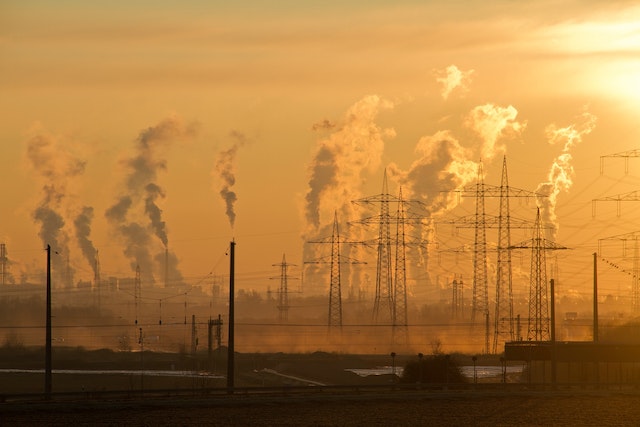Introduction:
Air pollution is a growing concern worldwide, with detrimental effects on human health and the environment. As we strive to address this global challenge, innovative technologies are emerging to help us understand and combat air pollution. One such technology is air pollution sensors, which have been instrumental in monitoring and tracking pollution levels. However, their significance extends beyond measuring air quality alone. In recent years, these sensors have also proven to be valuable tools in tracking and assessing the health of our ecosystems. In this article, we delve into the groundbreaking role of air pollution sensors in monitoring ecosystem health and the insights they provide for environmental conservation.
The Multi-Faceted Capabilities of Air Pollution Sensors:
Air pollution sensors have traditionally been utilized for measuring various pollutants such as particulate matter, nitrogen dioxide, and ozone. Their primary purpose has been to monitor air quality in urban areas and industrial zones. However, researchers and environmentalists are now harnessing the potential of these sensors to monitor the health of ecosystems and gain a comprehensive understanding of the impact of pollution on our natural world.
Ecosystem Health Monitoring:
Ecosystem health refers to the overall well-being and functionality of an ecosystem. It encompasses the interactions between different species, ecological processes, and the quality of the surrounding environment. By deploying air pollution sensors strategically within ecosystems, scientists can gather real-time data on pollution levels, enabling them to assess the health and resilience of these natural habitats.
Tracking Pollution Patterns and Sources:
Air pollution sensors play a vital role in identifying pollution patterns and sources within ecosystems. They provide valuable insights into the movement of pollutants, their dispersion, and their potential impact on flora and fauna. This information helps scientists identify pollution hotspots, understand the behavior of pollutants in different environments, and develop targeted strategies for pollution reduction.
Integration with Ecological Monitoring:
Integrating air pollution sensors with existing ecological monitoring networks enhances our ability to track ecosystem health comprehensively. By combining data from various sources such as biodiversity surveys, water quality assessments, and climate monitoring, researchers can paint a more accurate and holistic picture of ecosystem dynamics. This integration enables us to identify correlations between air pollution and other environmental factors, facilitating a deeper understanding of the complex relationships within ecosystems.
Early Warning Systems:
Air pollution sensors can act as early warning systems for potential ecosystem threats. By continuously monitoring pollution levels, these sensors can detect sudden spikes or long-term trends in pollutant concentrations. Such information can alert scientists and environmental authorities to take prompt action to mitigate the impacts and prevent further deterioration of ecosystem health.
Community Engagement and Environmental Awareness:
Incorporating air pollution sensors in ecosystem health monitoring programs presents an opportunity to engage and empower local communities. Citizen science initiatives allow individuals to actively participate in data collection, maintenance, and analysis. This involvement fosters a sense of ownership and responsibility among community members, raising environmental awareness and encouraging sustainable practices.
Conclusion:
Air pollution sensors have revolutionized our ability to monitor and combat air pollution. Their application in tracking ecosystem health expands their role and significance, offering valuable insights into the impact of pollution on our natural world. By combining data from air pollution sensors with other ecological monitoring techniques, scientists can paint a more comprehensive picture of ecosystem dynamics, identify pollution sources, and implement effective conservation strategies. As we continue to navigate the challenges of environmental degradation, the use of air pollution sensors in ecosystem health monitoring paves the way for informed decision-making, proactive conservation efforts, and the protection of our precious ecosystems for future generations.











